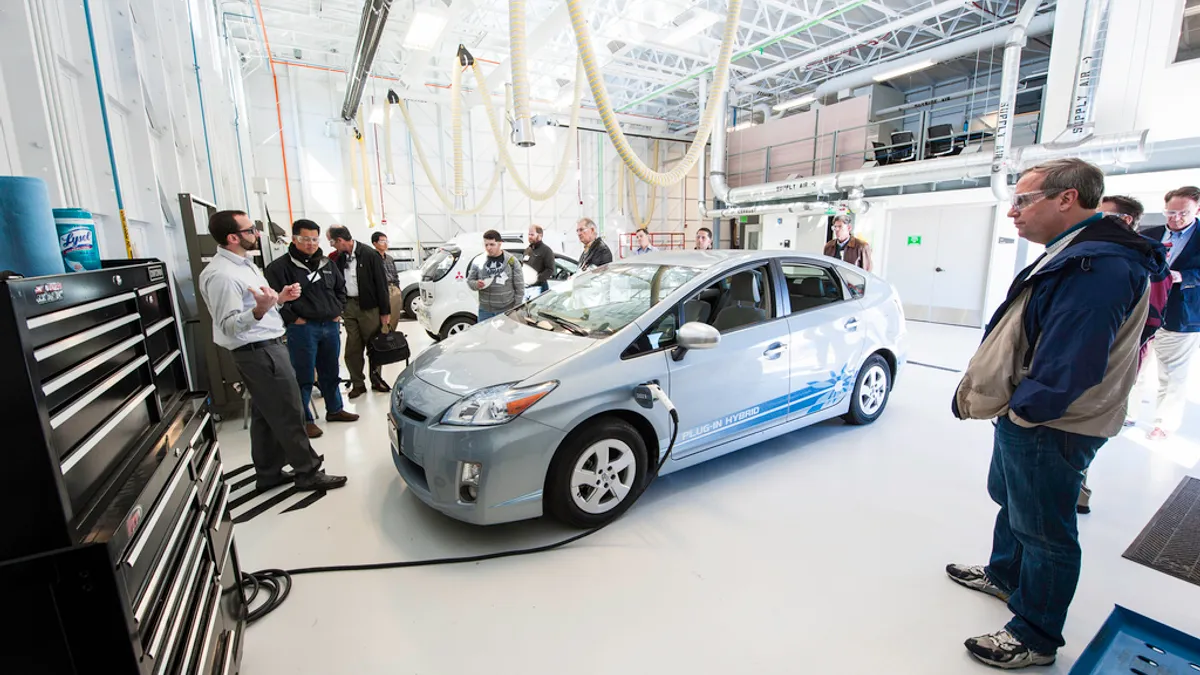Dive Brief:
- Governor Jerry Brown has signed 11 bills into law that will further California’s effort to cut greenhouse gas emissions and boost the state’s leadership in the U.S. fight against climate change.
- Brown announced a new goal of getting 1.5 million zero-emission cars on California’s roads in the next ten years.
- The bills increase permits for clean-air vehicles’ use of car-pool lanes by 15,000, create rebates for low-income residents’ purchase of lower emissions cars, require streamlined permitting by local jurisdictions for residential solar, and require a state standard to control methane and other pollutants.
Dive Insight:
In Brown’s 2010 to 2014 Gubernatorial term, the state increased its renewables mandate to 33% by 2020. The state recently signed an agreement with Mexico to increase cross-border investments in renewables, clean fuels, and clean energy technologies, and another agreement with China to work against climate change.
Polls show Brown is in a very strong position for re-election and an unprecedented second two-term governorship. In Governor Brown’s first two-term governorship from 1974 to 1982, he led the fight for energy efficiency and solar and fought against air pollution, tax breaks for oil companies, and offshore oil drilling.
California’s 2002 law requiring post-2009 model vehicle carbon dioxide emissions reductions set a standard subsequently enacted by the federal government in 2012. Zero-emission vehicles are defined in California as battery-electric vehicles, plug-in hybrid-electric vehicles, and hydrogen fuel-cell-electric vehicles.
California had 709,766 hybrids in 2013, up from 337,881 in 2009. And thanks to a $5,000 state tax rebate for electric and zero-emission cars, the state has gotten 60,988 electric vehicles — 40% of the U.S. plug-in fleet — on its roads by providing $158 million in rebates since 2010.














